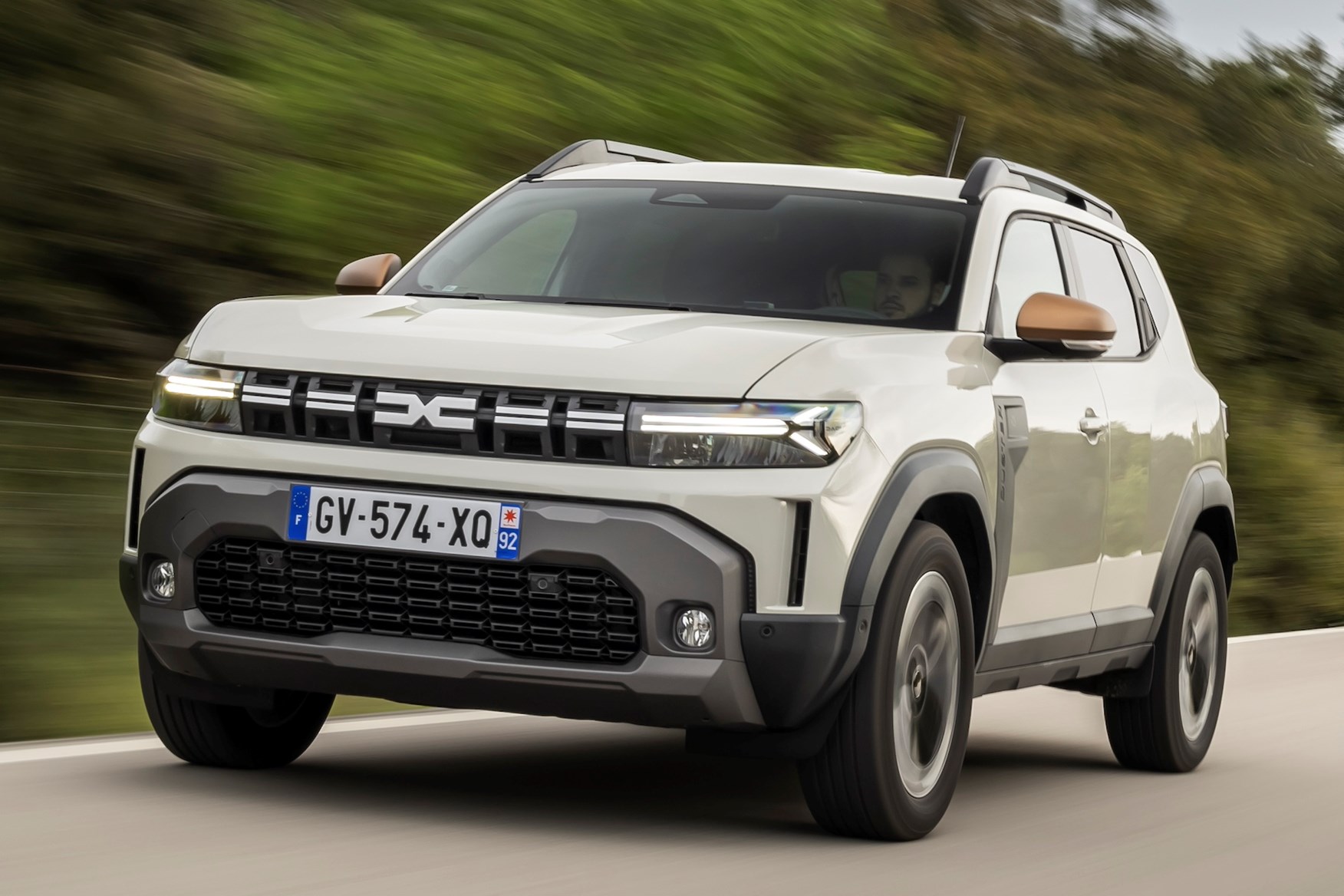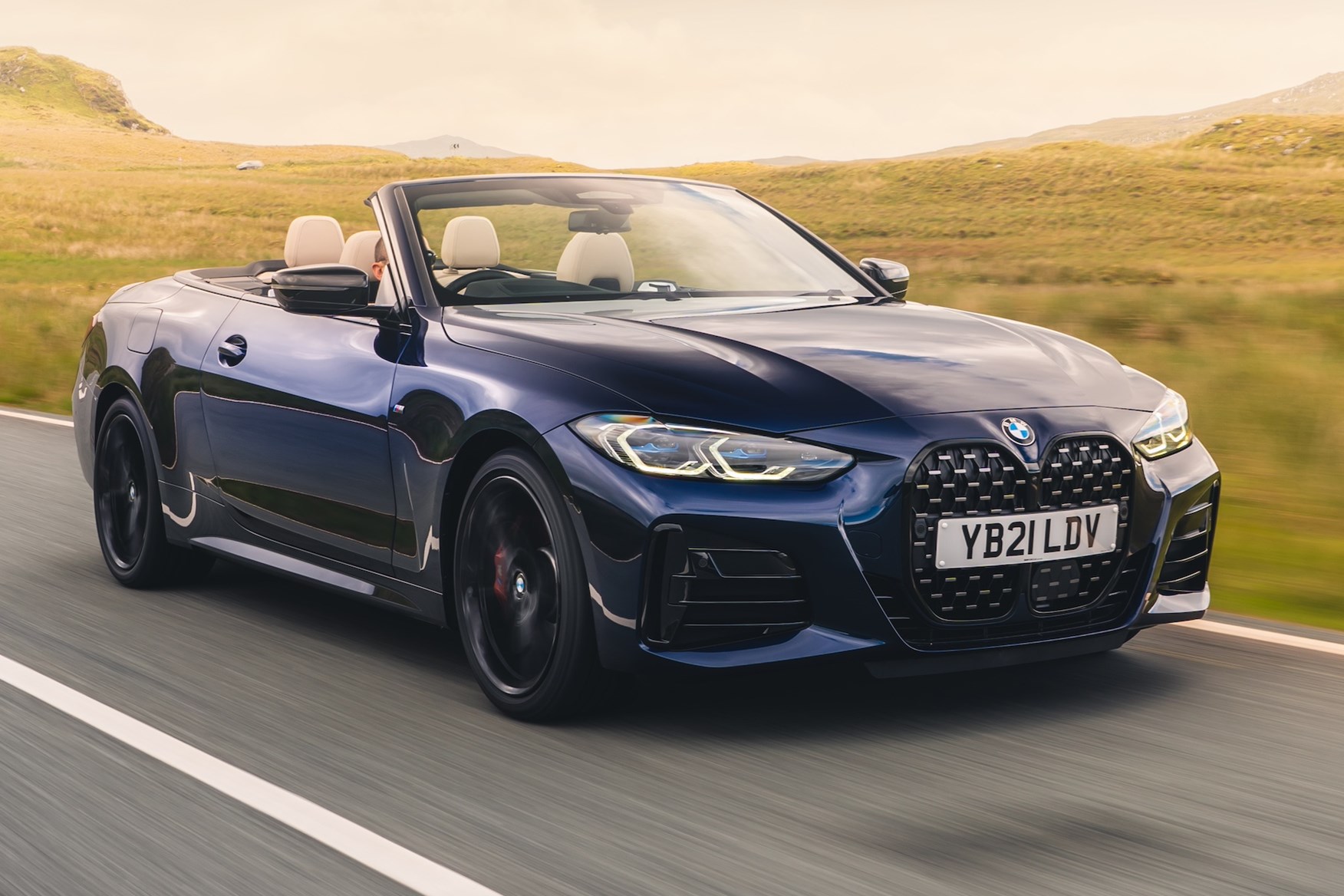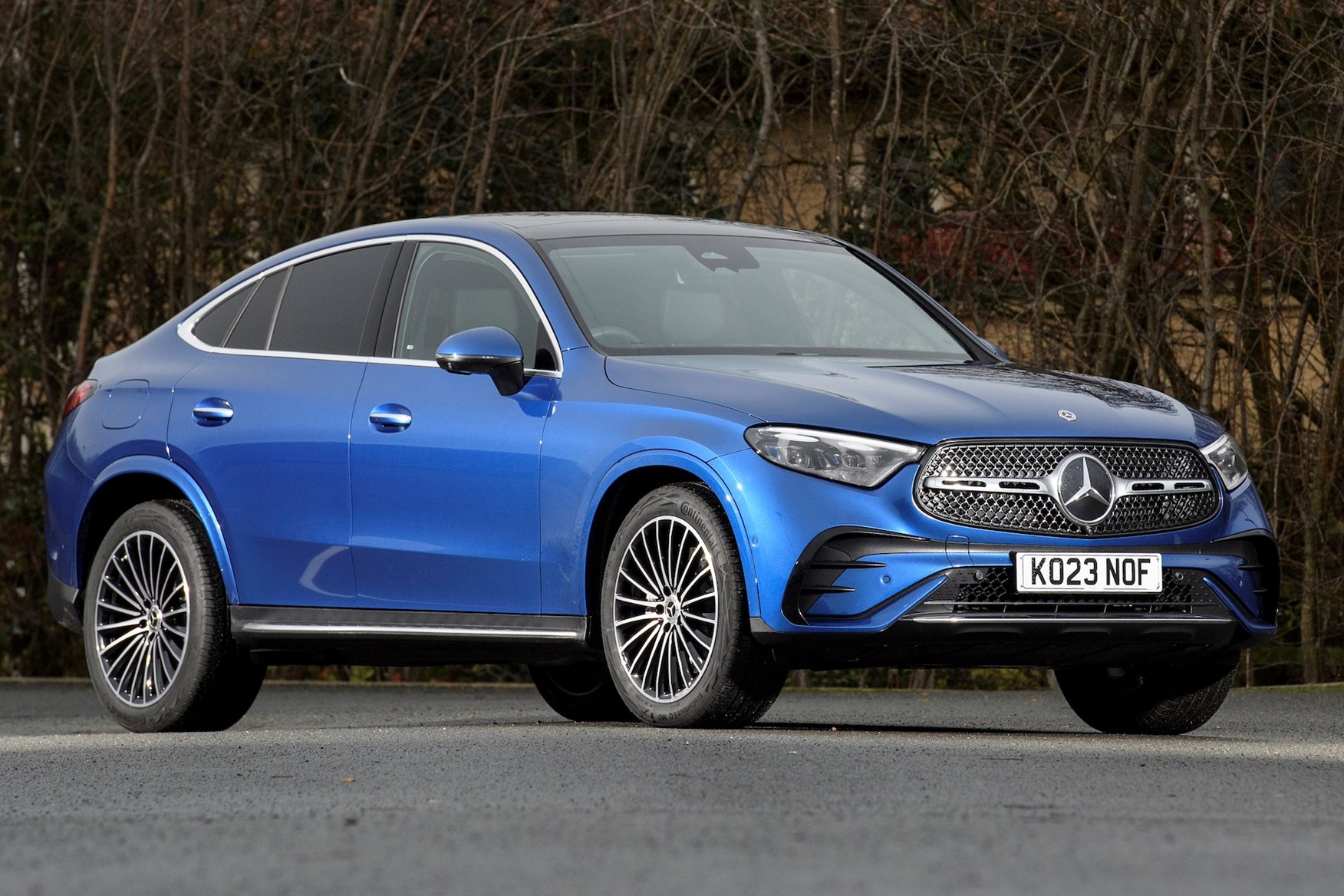
The best cars for £200 per month
You’re not the only person looking at cars in the...

You’re not the only person looking at cars in the...

People looking at car finance deals for the first time,...

A monthly payment of £400 gets you an awful lot...

Half a grand, a monkey – £500, in other words...
Enter your reg number or use the options below to look up your vehicle and find out how much it is worth:

Flagship MG SUV has updated looks, still great value

Great value SUV that’s handy, simple and desirable

More polished Swift a hoot to drive

Sharp looks and impressive tech for premium hatchback

The all-electric G-Class is here

Porsche's biggest money maker goes EV. Has it worked?

Bigger, shinier new era for the Skoda SUV

Practical and good to drive but let down by a high price

Second-generation small electric SUV boasts impressive range, lots of space

Supremely competent, fast and great to own

Peugeot’s return to performance models is far from traditional

Toyota's self-charging hybrid Yaris makes more sense than ever

Sophisticated convertible for those who want to make a splash

Classically styled and luxuriously refined

Familiar looks for cute all-electric Fiat city car

Family SUV maxes out on style, practicality and economy

Impressive all rounder, majoring on family-friendly practicality

Roomy, swift, falling off the pace

Mercedes Benz's latest coupe sacrifices substance for style

A great choice for long-distance drivers

Next-generation Tiguan challenges the class-leaders